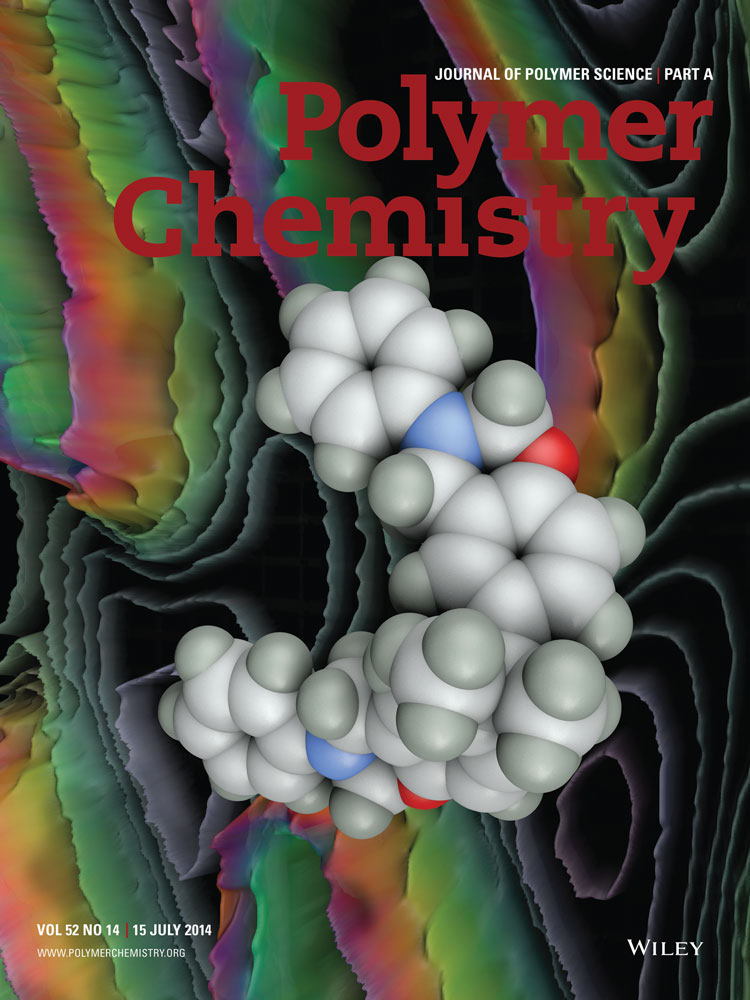Bis(4-nitrophenyl) phosphate as an efficient organocatalyst for ring-opening polymerization of β-butyrolactone leading to end-functionalized and diblock polyesters
ABSTRACT
The ring-opening polymerization (ROP) of β-butyrolactone (β-BL) has been studied using the organocatalysts of diphenyl phosphate (DPP) and bis(4-nitrophenyl) phosphate (BNPP). The controlled ROP of β-BL was achieved using BNPP, whereas that of using DPP was insufficient because of its low acidity. For the BNPP-catalyzed ROP of β-BL, the dual activation property for β-BL and the chain-end models of poly(β-butyrolactone) (PBL) were confirmed by NMR measurements. The optimized polymerization condition for the ROP of β-BL proceeded through an O-acyl cleavage to produce the well-defined PBLs with molecular weights up to 10,650 g mol−1 and relatively narrow polydispersities of 1.19–1.39. Functional initiators were utilized for producing the end-functionalized PBLs with the ethynyl, maleimide, pentafluorophenyl, methacryloyl, and styryl groups. Additionally, the diblock copolymers consisting of the PBL segment with the polyester or polycarbonate segments were prepared by the BNPP-catalyzed ROPs of ε-caprolactone or trimethylene carbonate without quenching. © 2014 Wiley Periodicals, Inc. J. Polym. Sci., Part A: Polym. Chem. 2014, 52, 2032–2039




